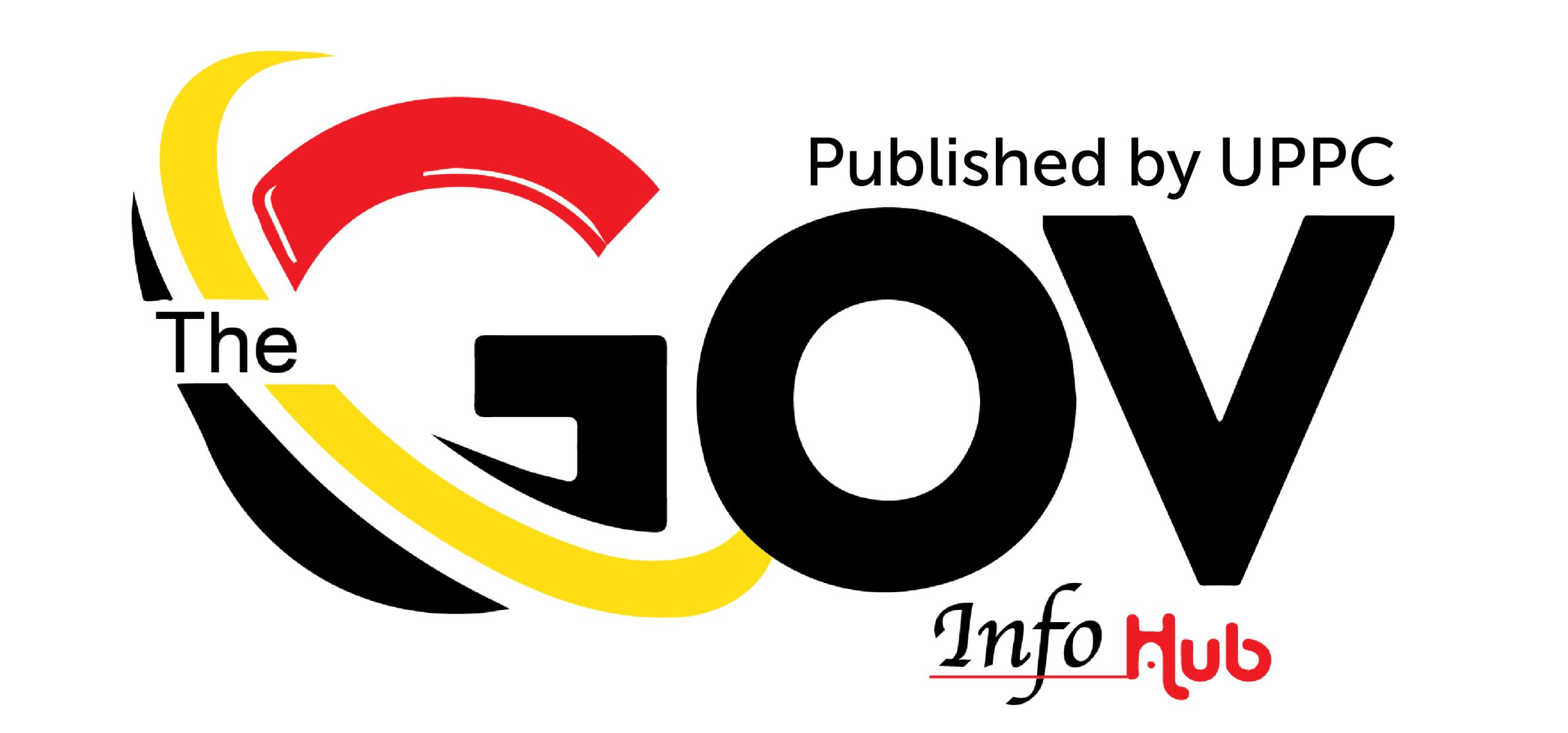By Ssenkayi Ezra Marvin
A study by the National Curriculum Development Centre (NCDC) has recommended 26 local languages as the medium of instruction for lower primary classes (P.1–P.3). Speaking at a validation meeting at Esella Country Hotel in Kira, NCDC Executive Director Dr. Grace K. Baguma said the study aimed to identify the most feasible languages for early education.
“The choice of language shapes how children learn and engage with content,” said Dr. Baguma noted. “When children learn in a language they understand, they build stronger literacy skills, which boosts performance in other subjects.”
Dr. Richard Irumba, NCDC’s Deputy Director for Research, Consultancy, and Library Services, explained that the study seeks to guide the government on the most feasible and cost-effective languages for early education.
The move is part of efforts to address Uganda’s literacy challenges and align with global best practices in multilingual education. Uganda has 66 indigenous languages recognised by the Constitution, but NCDC officials say it is unrealistic to support teaching in all due to the cost of textbooks, teacher training, and curriculum development.
“It is not feasible to provide materials and training for all 65 recognised languages,” said Dr. Irumba said. “This study helps prioritise languages, so services are delivered effectively without excluding any from the curriculum.”
The study, conducted in 1,200 schools with 8,913 respondents across 39 districts, collected views from communities, teachers, cultural leaders, and education officials. It proposes 26 priority languages representing Uganda’s regions, including Luganda, Lusoga, Ateso, Acholi, Lugbara, Runyankore-Rukiga, Runyoro-Rutoro, and Kiswahili.
Research by UNESCO and the World Bank shows children learn best in familiar languages, strengthening literacy and numeracy. Dr. Baguma also cited studies by Uwezo Uganda and UNEB’s National Assessment of Progress in Education (NAPE), which revealed that many pupils in P.3 and even P.6 struggle with basic reading skills.
“When literacy is low, performance in all subjects suffers,” she emphasised. “Our goal is to ensure every child can read, understand, and analyse information effectively.”
The study identified persistent challenges, including the abrupt transition from local languages to English in Primary 4 (P.4), shortages of instructional materials, limited teacher training in bilingual methods, and community attitudes that prioritise English over local languages.
By using local languages in the early years, NCDC expects to improve literacy, reduce dropouts, and close learning gaps.
Uganda previously introduced the thematic curriculum in 2007 to promote mother-tongue instruction, but it faltered due to shortages of materials, poorly trained teachers, and limited community sensitisation. The new approach emphasises teacher preparation, community involvement, and resource mobilisation before rollout.
Other African countries have faced similar challenges. Tanzania teaches in Kiswahili at primary level before transitioning to English in secondary school. Ethiopia uses mother-tongue instruction in several languages, while South Africa combines regional languages with English and Afrikaans. In all cases, literacy outcomes improve when local languages are supported with resources and training.
The NCDC also recommends a structured transition to English from P.4, ensuring pupils are grounded in their mother tongues while acquiring a global language. Kiswahili, now an official East African Community language, is proposed as an additional bridge language in multilingual districts such as Kiryandongo, Obongi, and Sembabule.
The final list of languages and an implementation strategy will be submitted to the Ministry of Education for policy adoption later this year. Once adopted, the policy will align with Uganda Vision 2040, the National Education Strategic Plan, and UNESCO’s call for inclusive, equitable, quality education.


